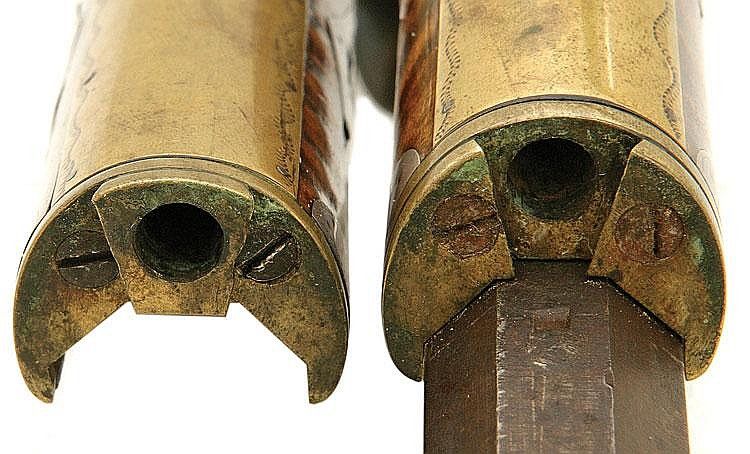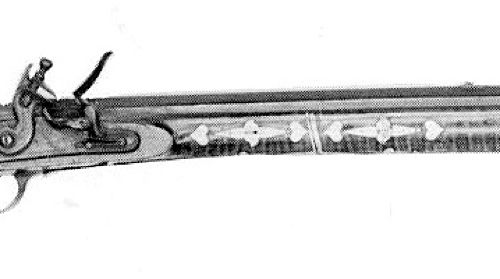
I've seen many stocks that have what appears to be a brass fitting in the stock...usually just in front of the lock area as shown in the top two rifles in the picture. What is the name for that piece and how is it attached to both parts of the stock?










